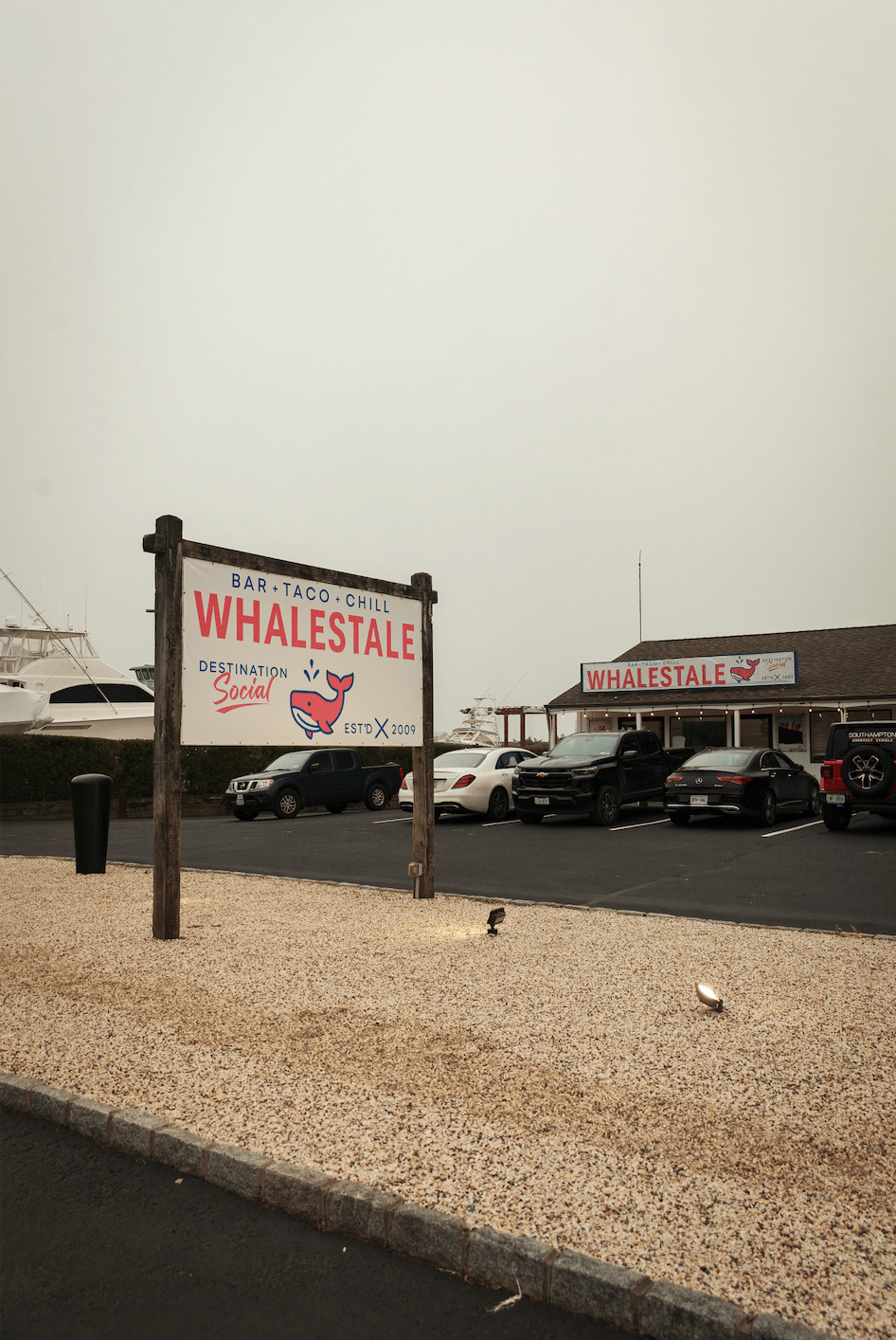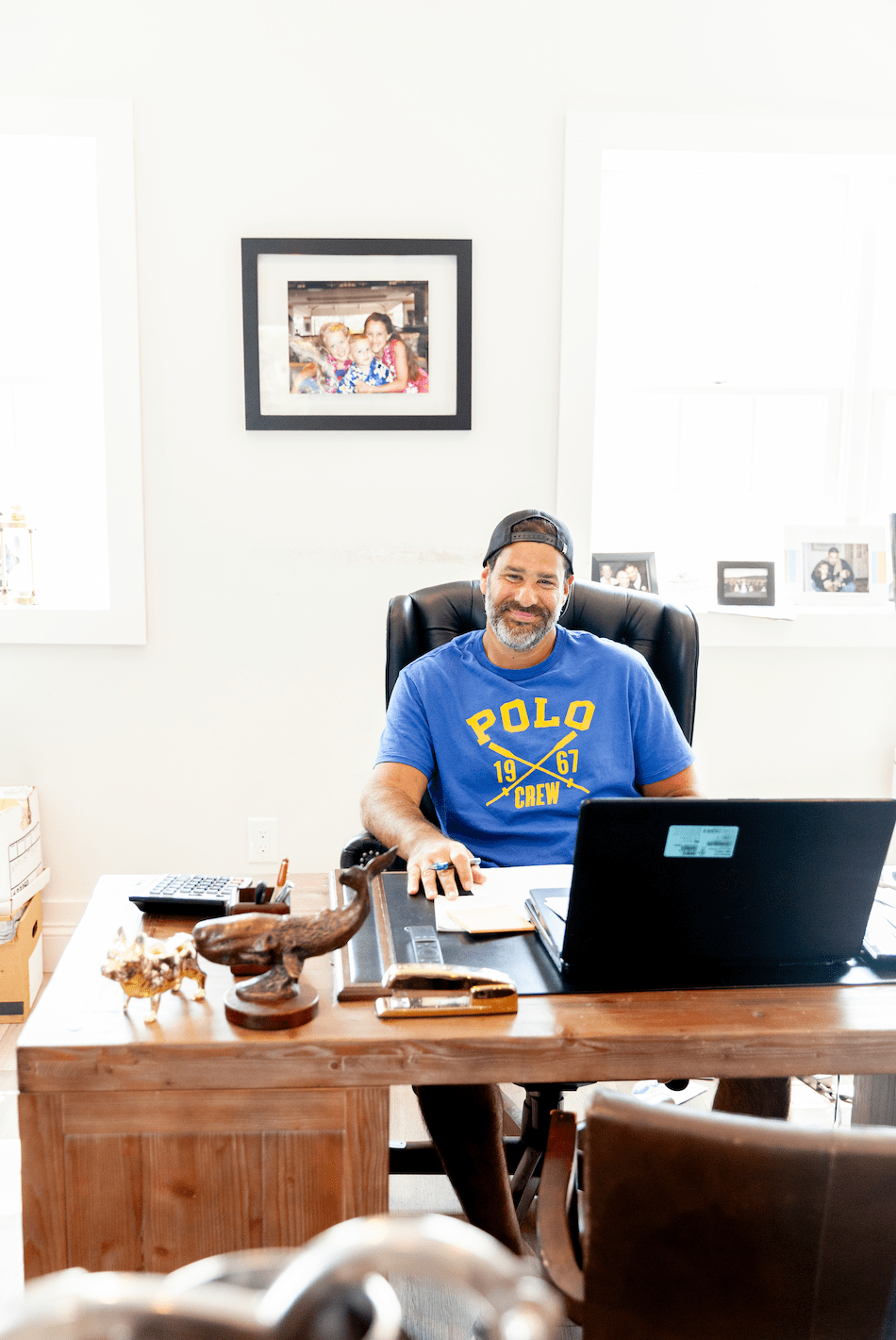Lifestyle
A Few Tips on How you can Customize Items in your Wardrobe

Self-expression is an important part of human nature. It’s what makes us unique and allows us to show our personality to the world. Clothing is one of the most popular ways people express themselves. From everyday streetwear to high fashion, there are endless possibilities when it comes to style.
One of the great things about clothing is that it can be customized to fit any individual’s taste. If you’re looking to add a personal touch to your wardrobe, here are a few tips on how you can customize your clothes, shoes, and accessories.
What to customize?
You don’t necessarily need to customize every item in your wardrobe. It would be exhausting and unproductive. Better think about individual items and some elements you can make uniquely yours. Remember that your style and the combinations of clothes you put together already make your wardrobe personalized to your taste.
T-shirts
No matter your personal style, most likely you own at least one t-shirt if not for going out than for sports activities. Don’t choose just a blank t-shirt or one from a fast-fashion chain. Create your own! You just need to create a unique design that reflects your personality and find a print-on-demand business that will print it. It is easy, fun, and fast. If you are not sure what print-on-demand business to choose, we recommend Printseekers. They have high-quality t-shirts and prints, and fast delivery.
Shoes
We recommend not messing with classic items like black high heel pumps but exploring options with customizing, for example, sneakers. If you are an artistic person, you can customize your own shoes by painting them and adding a unique design. However, if you don’t feel like painting your own shoes, there are some companies that customize footwear, usually sneakers. With these services, you can choose the shoe color and add some design to them and/or a text.
Accessories
Custom-made accessories are one of the most elegant ways how to make your wardrobe uniquely yours. You can custom make jewelry from precious materials like silver or gold, or choose unique designs and materials like glass or recycled plastic. There are workshops where you can create your own jewelry or you can work with a jeweler or accessories artist to create unique pieces just for you.
Bags
Bags are perfect for adding small customization to them, for example, a monogram. A monogram is an inconspicuous way how to add a personal touch to your things. It will look best with leather or good imitation leather bags. A monogram is something the royals and nobles often used to mark their belongings, so even nowadays it looks very elegant and powerful.
Sewing clothes
If you really want your whole wardrobe to be very unique to you, just sew all of your clothes. They will fit perfectly, you can choose the fabrics and combinations. You can sew your clothes yourself or work with a seamstress and a designer. However, there are still some items we would recommend buying pre-made just because they are so basic, for example, a white t-shirt or blue jeans.
May your style guide you
When customizing items in your wardrobe you need to keep in mind your style. If your style is more classical, the customization needs to be subtle, like the monogram on a bag or custom-made jewelry from precious materials. If you are more of a creative type, you can custom make lots of your own things – paint them, create unique cuts and designs, sew them and mix colors and materials. They will look unique but they will also have that creative touch that a classic wardrobe lover would not appreciate.
Final Thoughts
Whether you’re looking to make a statement or just want to add a personal touch to your wardrobe, customizing your clothing is a great way to do it. With a little creativity and imagination, the possibilities are endless. So get creative and start customizing!
Lifestyle
The Whale’s Tale Brings Family-Friendly Flavor to the Hamptons

There’s a new spot in the Hamptons where delicious food, relaxed beach vibes, and family-friendly fun come together in one inviting destination. The Whale’s Tale, originally a beloved favorite in Northport, has made its way to the East End and is already creating buzz as a must-visit for locals and vacationers alike.
Perfectly positioned beside the marina and steps from the shoreline, The Whale’s Tale Hamptons location is designed for all-day enjoyment. The indoor dining room offers a cool retreat from the sun while the open-air deck provides front-row seats to golden hour. The grab-and-go beach shack is ideal for quick treats, offering craft beer, artisan soft serve, and snacks for those headed back to the sand.

The menu is fresh, fun, and filled with options for every palate. Families can share acai bowls, tacos, and crisp shrimp cocktail while seafood lovers indulge in buttery lobster rolls and a raw bar featuring oysters and chilled shrimp. The food is flavorful without being fussy, making it perfect for guests of all ages.
With games like cornhole, live music on weekends, and firepits for evening hangouts, the atmosphere is casual and welcoming. It’s a place where kids can play, adults can relax, and everyone feels like they belong. Whether you’re spending the day at the beach or looking for an easy-going dinner spot, The Whale’s Tale offers a refreshing take on what it means to dine by the water.
This isn’t just another restaurant, it’s a new chapter in Hamptons hospitality. One where good food, good company, and good views come standard.
-

 Tech4 years ago
Tech4 years agoEffuel Reviews (2021) – Effuel ECO OBD2 Saves Fuel, and Reduce Gas Cost? Effuel Customer Reviews
-

 Tech6 years ago
Tech6 years agoBosch Power Tools India Launches ‘Cordless Matlab Bosch’ Campaign to Demonstrate the Power of Cordless
-

 Lifestyle6 years ago
Lifestyle6 years agoCatholic Cases App brings Church’s Moral Teachings to Androids and iPhones
-

 Lifestyle4 years ago
Lifestyle4 years agoEast Side Hype x Billionaire Boys Club. Hottest New Streetwear Releases in Utah.
-

 Tech7 years ago
Tech7 years agoCloud Buyers & Investors to Profit in the Future
-

 Lifestyle5 years ago
Lifestyle5 years agoThe Midas of Cosmetic Dermatology: Dr. Simon Ourian
-

 Health6 years ago
Health6 years agoCBDistillery Review: Is it a scam?
-

 Entertainment6 years ago
Entertainment6 years agoAvengers Endgame now Available on 123Movies for Download & Streaming for Free
